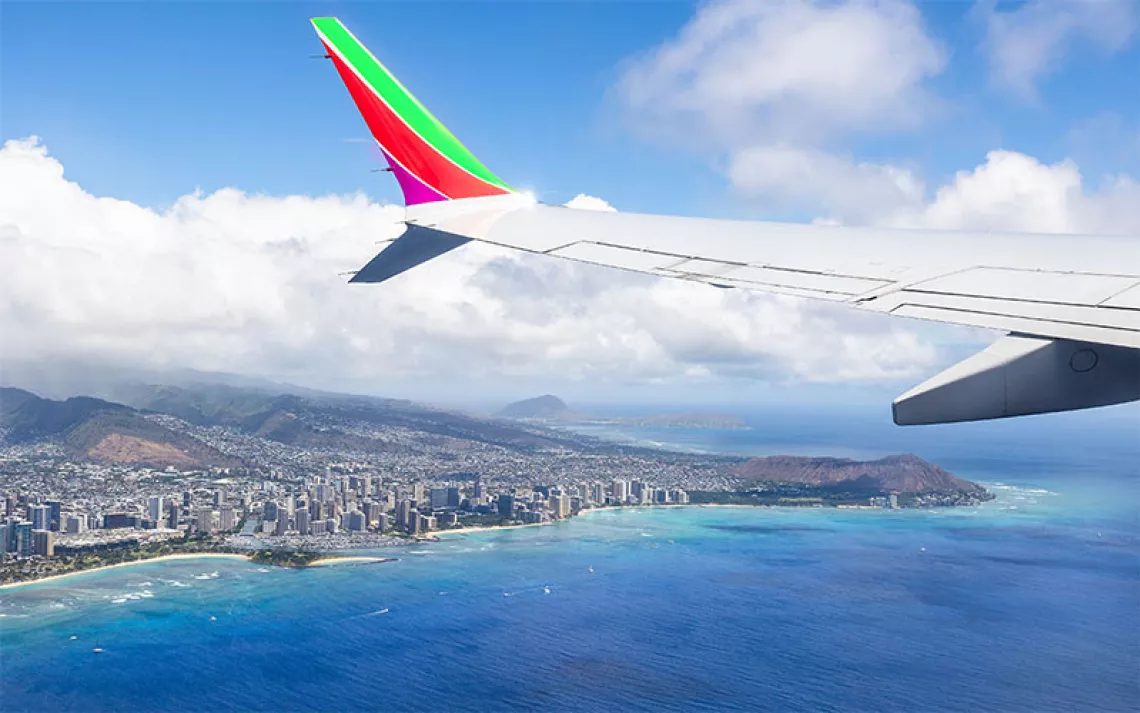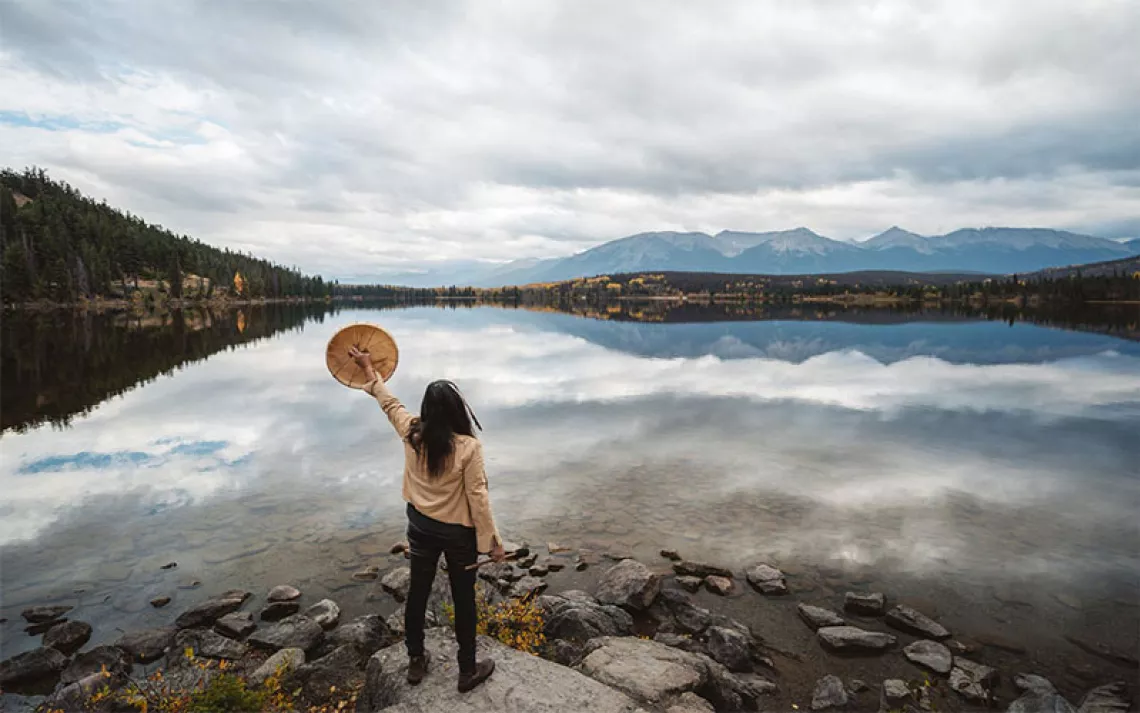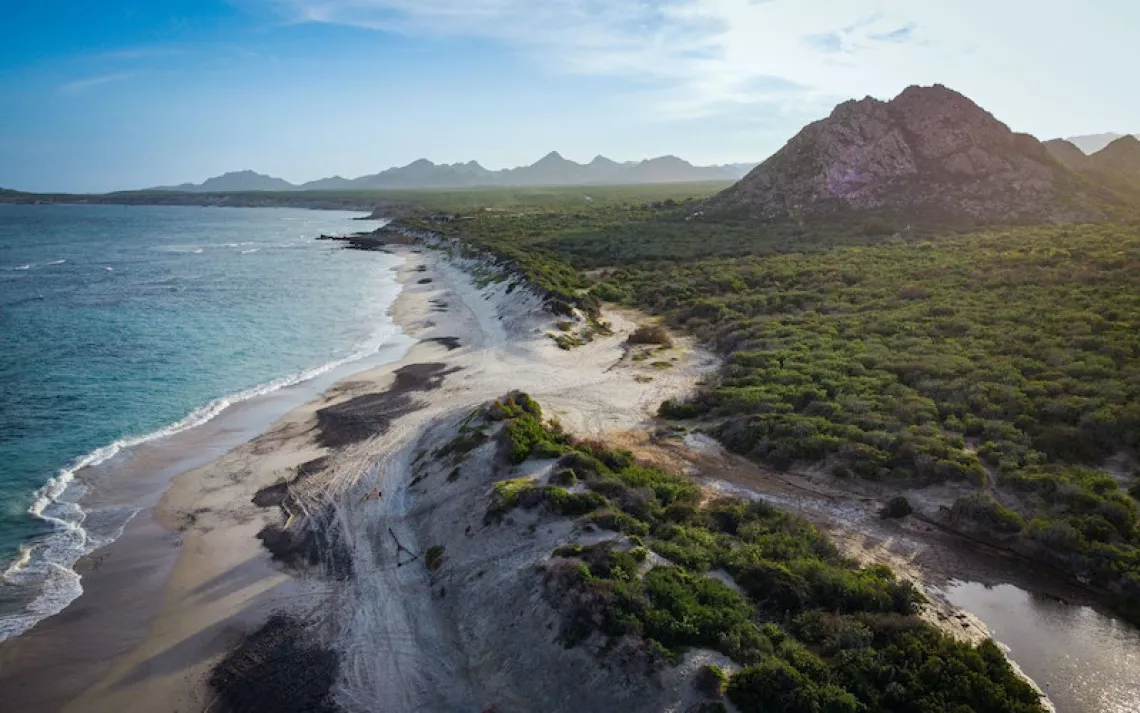Mt. Kinabalu, Malaysian Borneo

Some believe Kinabalu derives from aki nabalu, meaning "place of the dead" in a language spoken by the Kadazan-Dusun people of Malaysian Borneo. | Photo by Tips Images/SuperStock
By the 600th stair, I'd outclimbed the heat. Only the rain kept pace, thrown sideways by wind that intensified with altitude on Mt. Kinabalu, a 13,000-foot granite ramp in Malaysian Borneo. With blistered feet and drenched clothes, I should've been miserable. But after weeks in the rainforest below, the chill was a relief.
I'd barely traveled beyond Canada before coming here as a wide-eyed volunteer for a group dedicated to saving the critically endangered Sumatran rhino, an elusive, hairy forest-dweller. But after a month of trekking through dense foliage with my head down, scanning the dirt for dung and tracks, all I knew of Borneo was the ground directly in front of me. I decided to hike up Kinabalu for a wider view.
As I climbed, holding fast to the guide ropes, I crossed several distinct vegetation zones, each home to plants and creatures found nowhere else. At lower elevations was the Rafflesia keithii, a fleshy, three-foot-wide flower that takes two years to blossom but withers in days. Slightly higher lived carnivorous pitcher plants capable of digesting rats, and higher still I saw earthworms as long as my leg, their only predator an equally nightmarish leech. To climb Kinabalu was to witness a transition so radical that it was hard to imagine the base and peak as part of the same mountain.
Proof of their union, however, was the slick, coiled, five-mile trail connecting the bottom to the top. At least 600 stairs more and I stepped onto Kinabalu's summit, described by an early explorer as "inaccessible to any but winged animals." But there I was, elated despite cold rain and thick clouds blocking the vista. Perspective wasn't a wide horizon, I realized then, but a series of encounters: the long call of an orangutan in the canopy, clouds shifting like mist wiped from a window, a rhino print deep in the mud. The kind of clarity that, like the Rafflesia, blooms briefly and is gone.
 The Magazine of The Sierra Club
The Magazine of The Sierra Club



